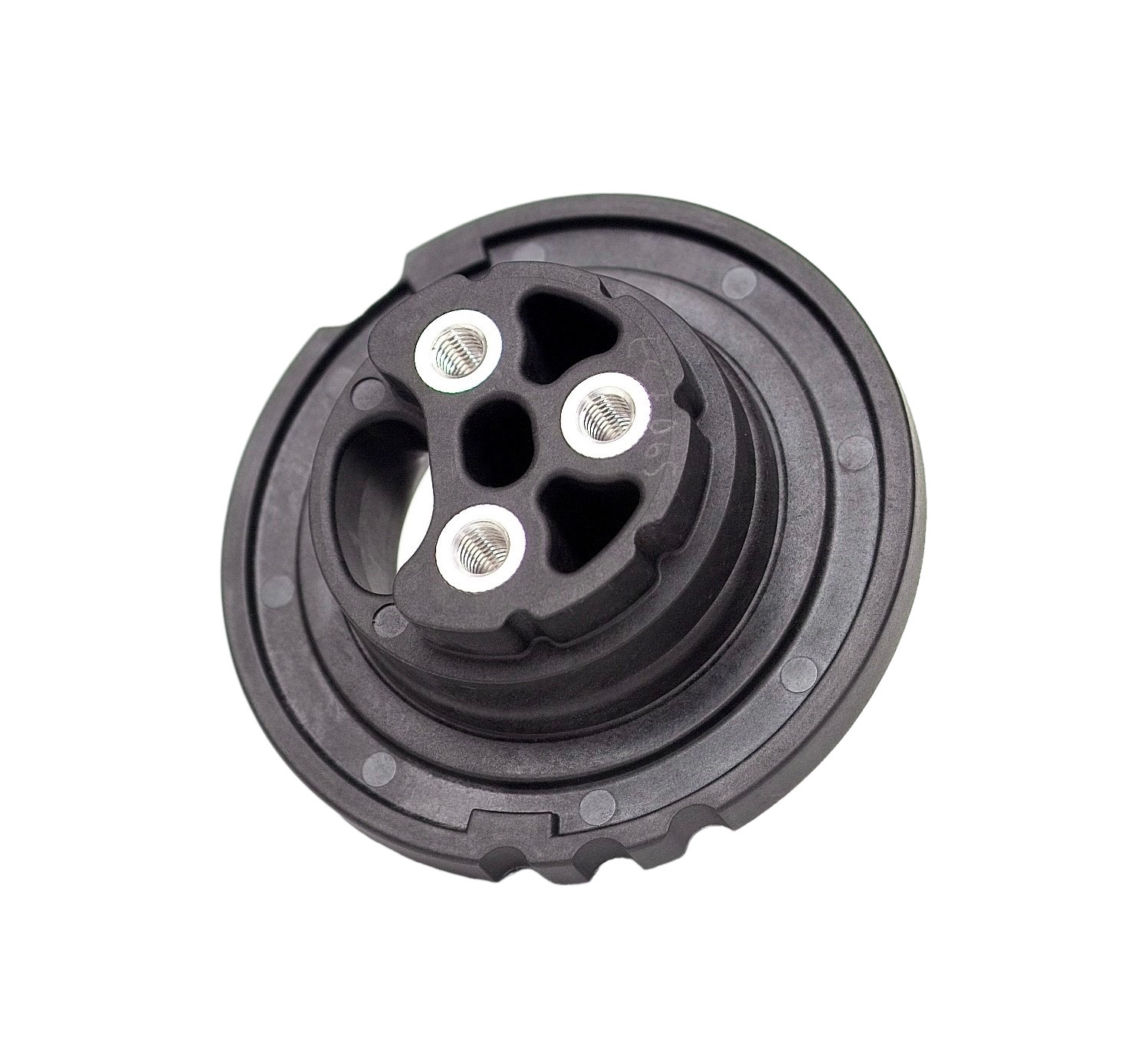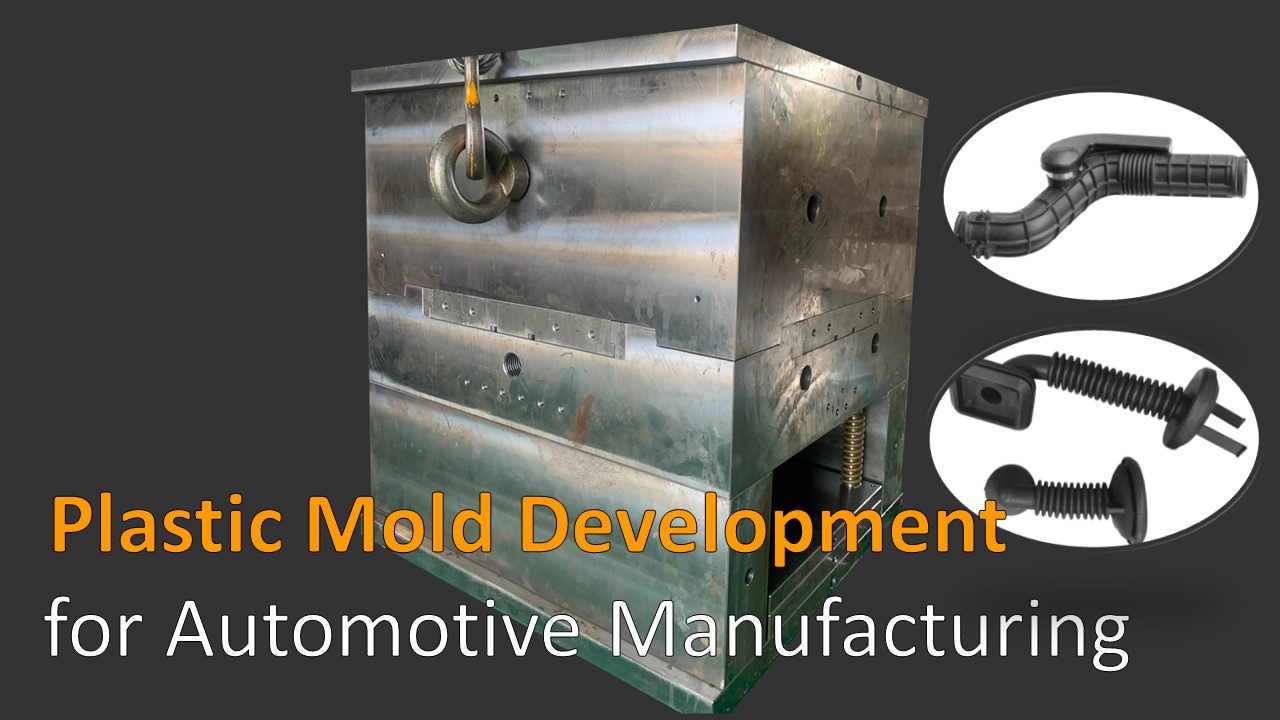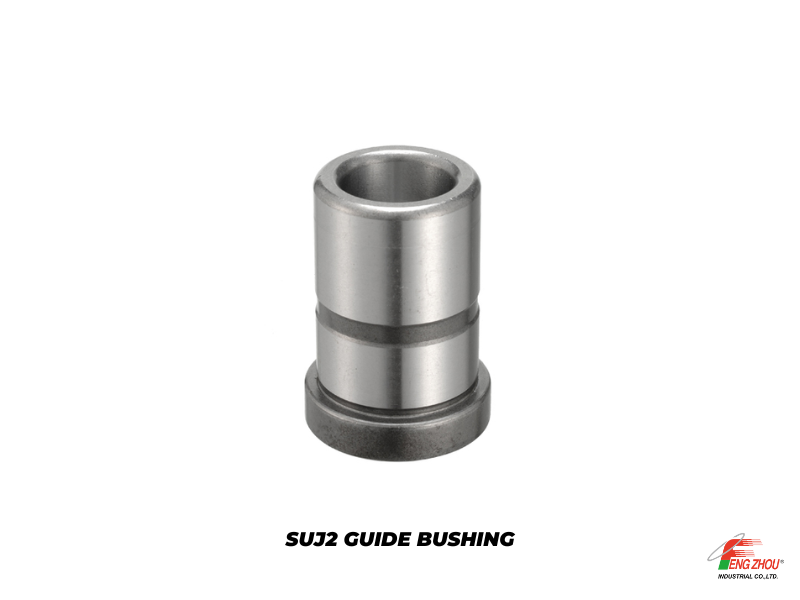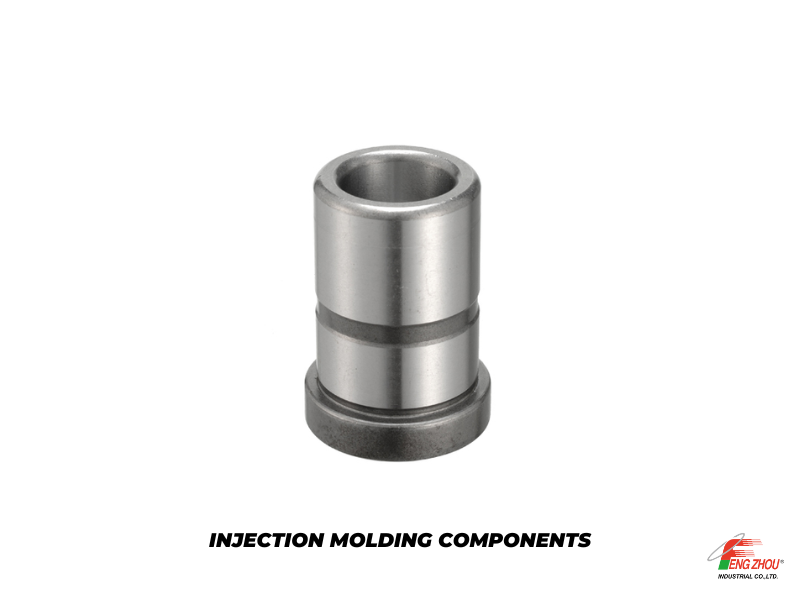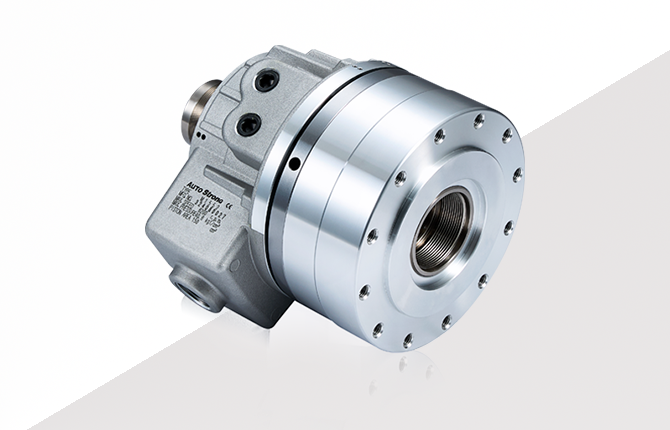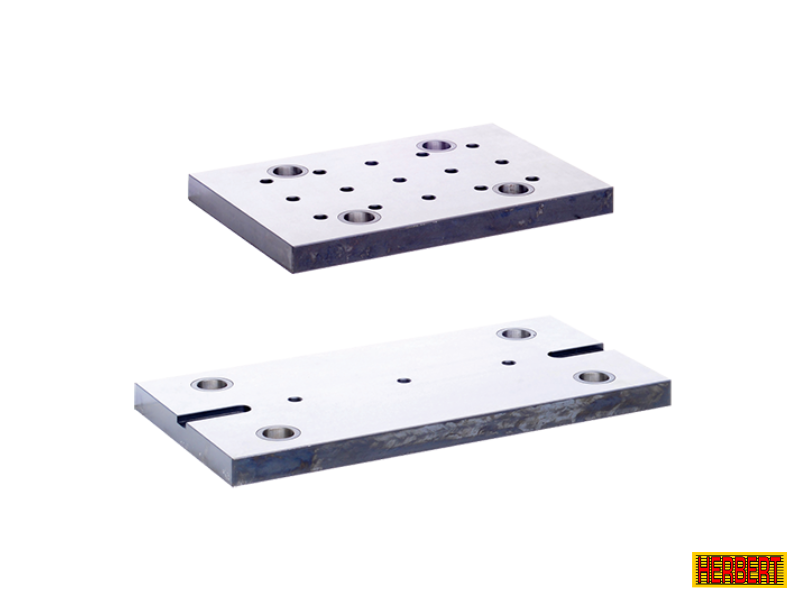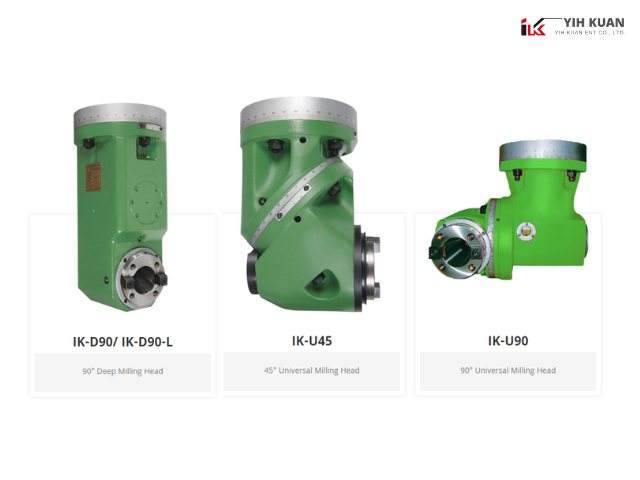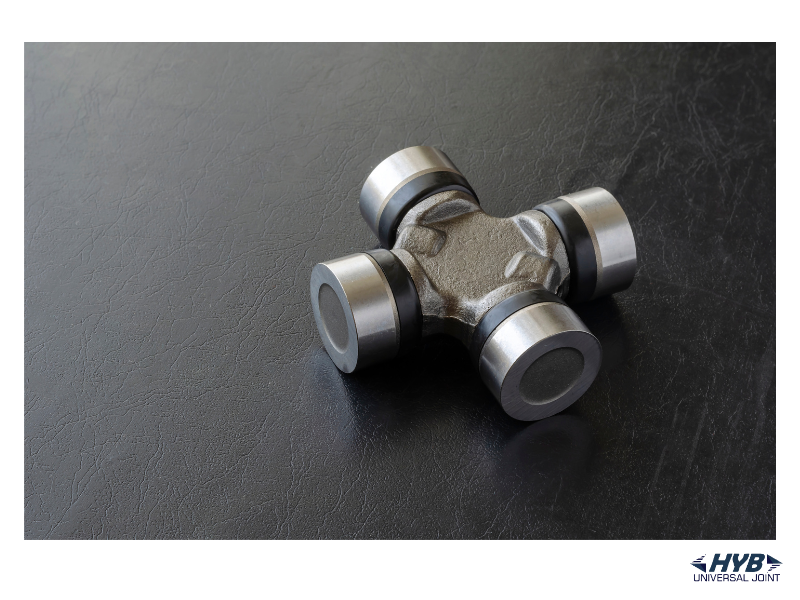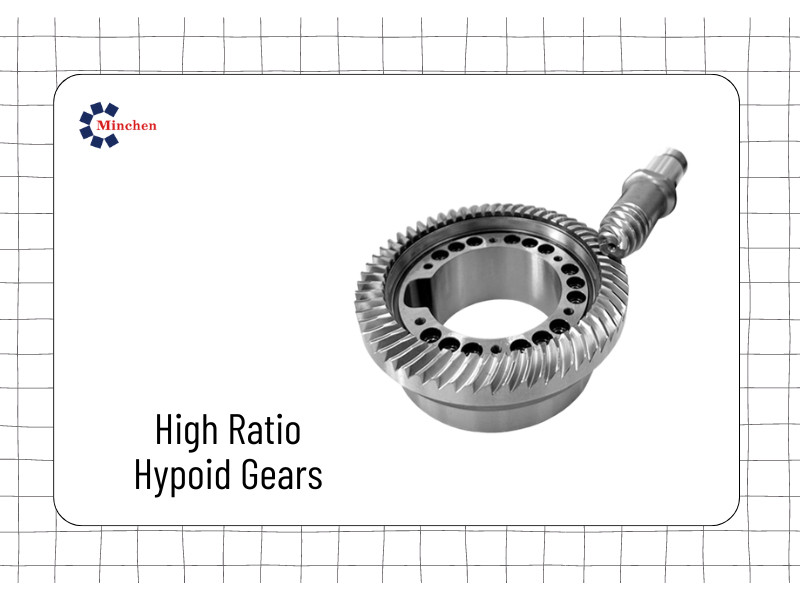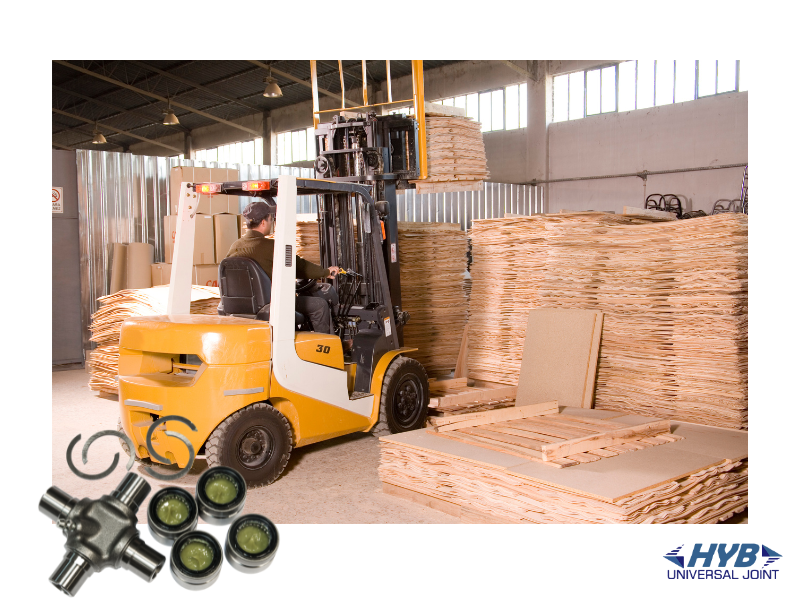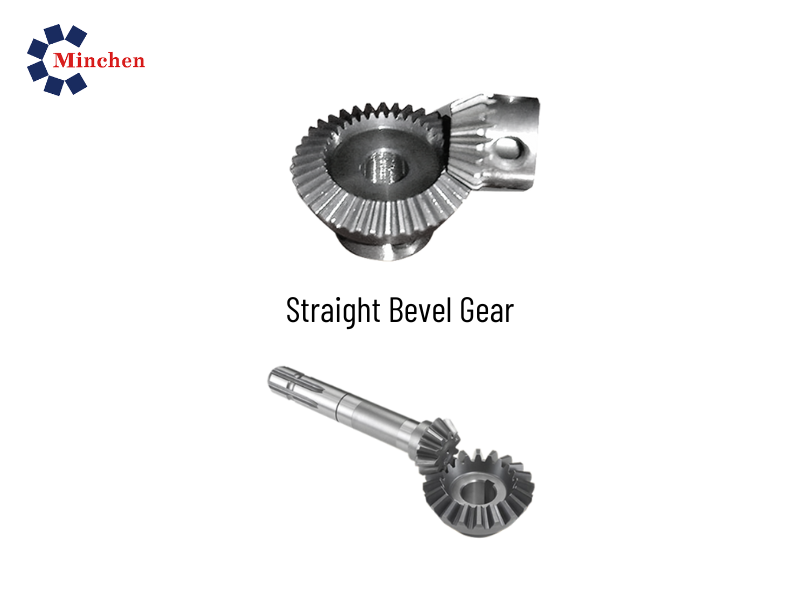Why Flute Count Matters in End Mill?
2023-10-20Machinery

Cutting chips are discharged from end mills via spiral shafts called flutes. The appropriate decision for the number of flutes on an end mill always relies on the capabilities of the machine tool, the characteristics of the material, and the part's design. But why does the flute count matter in the end mill? Let’s find out.
Why Flute Count Matters in End Mill
It is simple to see how to flute count, core size, and tool strength generally correlate. A larger core plus more flutes equal increased tool strength. Additionally, end mills with more flutes typically have a shallower cut, allowing for a smoother finish on almost any material.
The larger core consumes space and restricts flute troughs that might otherwise allow chips to exit more readily during milling, therefore increasing the number of flutes is not without its downsides. As a result, when cutting harder, more ferrous materials that need a quicker rate of metal removal, stronger end mills with greater flute counts are preferable.
The best number of flutes to use also depends on the type of machining being done. High flute count end mills are ideal for finishing tasks because they remove comparatively little material and chip removal is less of an issue.
Conversely, a lower flute count will be advantageous for roughing operations, when it is important to have a bigger flute valley to evacuate chips more frequently.
How Different Materials Affect the Flute Count
A lower flute count tool that can handle high chip volumes is needed for materials that cut freely, like aluminum, plastics, soft steels, and nonferrous metals. End mills with two, three, or four flutes and stepovers greater than 50 percent of the tool's diameter can be used.
Superalloys, on the other hand, often function best with larger flute counts since these materials are more challenging to cut. With a four-flute end mill and full slotting, cutting difficult materials like Inconel 718 will yield unsatisfactory results.
The tool will be rapidly worn down by the hard material, and the heat produced during intensive milling will serve to further harden the material while it is being cut. Because overly aggressive cutting alters the material's molecular structure and adds pressures that cause it to bend, flex, or twist, heat transfer makes workpiece materials more difficult to machine.
After that, more steps are required to align the portion and relieve the stress. Hard materials that exert pressure require lighter stepovers and shallower depths of cut with six-, seven-, or nine-flute end mills to prevent this. Less cutting pressure is produced by higher flute counts and lighter radial stepovers, which lessens the heat transfer that leads to work hardening.
Impact of Flute Count on Cutting and Productivity
The standard range for flute counts is 1 to 7. The most popular end mill combinations are two and four flutes. While 4 flute cutters are more effective for tougher alloys and steels, 2 flute end mills are best for non-ferrous materials.
A smaller number of flutes on an end mill results in a larger valley, which increases the material removal rate (MRR). A higher MRR enables a higher tool speed, or surface rate per minute (SFR). This raises output as a whole.
For stronger cutting, a greater flute count (4+) is fantastic. Reduced tool wear and chip deflection are made possible by smaller troughs. End mills with a greater flute count are frequently used to finish workpieces.
What Should be the Ideal Number of Flute Count
End mills with more flutes are stronger and provide a smoother finish. Lower flute counts, nevertheless, can be necessary for lighter metals to ensure that any chips have room to clear during operation.
Manufacturers like YIDA are ready to assist you in finding the ideal carbide end mill solution for your metalworking requirements and provide carbide end mills with anything from 2 to 7 flutes.
Five-flute end mills are frequently thought of as finishing tools by traditionalists, however, newer models of these tools offer versatility. Five-flute tools can handle anything from slot milling to side mill finishing and have a respectably high MRR. They can also work around fixturing restrictions. This setup comes the closest to a universal design of any end mill.
Applications can be used to categorize end mills. With similarly high radial stepovers and removal rates, four-flute designs work well with steels and stainless steels and are suitable for slot milling and extremely heavy cuts.
Epilogue
When working with CNC machining, a plethora of tiny yet crucial decisions must be taken. For instance, choosing the proper number of flutes on end mills is essential to ensuring smooth operation and maximizing production with your tools. Your best selection will rely on several variables, such as the hardness of the materials you want to cut and the specifications of the tooling you have accessible.
Contact YIDA in Taiwan and find the best end mill of your choice
